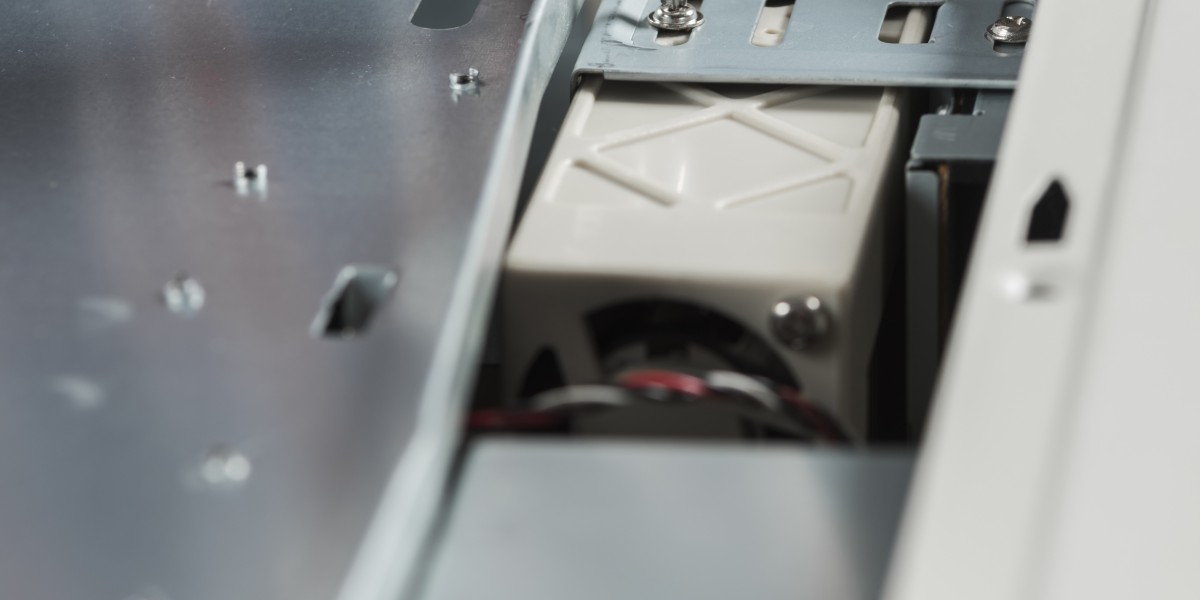Reel in the Best: Discover the Ultimate Fishing Rods You Can't Resist!
Choosing the right fishing rod is crucial for a successful fishing adventure. Whether you're a seasoned angler or just starting out, the fishing rod you select can significantly influence your experience and success on the water. With a plethora of fishing rods available in the market, it can be overwhelming to determine which ones are truly the best fishing rod for your needs. This article aims to guide you through the process of comparing various fishing rods, highlighting the key factors to consider when making your choice. From understanding different types of fishing rods to evaluating their features and performance, we’ll help you identify the best options that fit your fishing style.

Understanding Fishing Rod Types
Fishing rods come in various types, each designed for specific fishing techniques and conditions. The three most common types are spinning rods, baitcasting rods, and fly rods. Spinning rods are versatile and easy to use, making them ideal for beginners. They feature a fixed reel positioned below the rod, allowing for smoother casts and better line control. Baitcasting rods, on the other hand, are designed for more experienced anglers who require precision and control when casting heavier baits. The reel is located on top, which can be a bit challenging for beginners but offers greater accuracy once mastered. Lastly, fly rods are tailored for fly fishing, featuring a longer, more flexible design that allows for delicate presentations. Each type of rod has its advantages and disadvantages, and understanding these differences will help you choose the right rod for your fishing endeavors.
Key Features to Consider
When selecting a fishing rod, several key features should guide your decision-making process. First, consider the material of the rod; options typically include fiberglass, graphite, or composite materials. Fiberglass rods are durable and affordable, making them great for beginners, while graphite rods are lighter and more sensitive, catering to more experienced anglers. Length is another important factor; longer rods can cast further but may be cumbersome, whereas shorter rods offer better control and are suitable for small spaces. The power and action of the rod also significantly impact performance. Power refers to the rod's ability to handle weight, while action describes how much the rod bends when pressure is applied. A fast action rod bends at the tip, allowing for quick hook sets, while a slow action rod bends throughout its length, offering more flexibility and control. By understanding these features, you can select a rod that enhances your fishing experience.
Comparing Performance and Sensitivity
Performance and sensitivity are critical aspects of a fishing rod that can greatly influence your success on the water. A sensitive rod allows anglers to feel even the slightest bites, which is essential for effective hook setting. Factors such as the rod's material and construction play a vital role in determining its sensitivity. For instance, rods made from high-quality graphite typically offer superior sensitivity compared to those made from fiberglass. Additionally, the action of the rod affects its sensitivity; a faster action rod tends to transmit vibrations more efficiently, helping you detect bites quicker. Performance also encompasses how well a rod can handle various fishing conditions, including wind, current, and water type. Understanding these dynamics will help you select a rod that not only feels good in your hands but also performs well under different scenarios.
Budget Considerations
When it comes to purchasing a fishing rod, budget considerations are paramount. Fishing rods are available across a wide price range, and finding one that balances cost and quality is essential. While it may be tempting to opt for the cheapest option, investing in a quality rod can enhance your fishing experience and lead to better results. Consider what features are most important to you and how often you plan to fish; this can help you determine the right price point. It’s also wise to look for sales or discounts that can provide value without compromising performance. Remember, a well-chosen rod can last for years, making it a worthwhile investment.
Choosing the Perfect Fishing Rod
In conclusion, selecting the best fishing rod requires careful consideration of various factors, including rod type, key features, performance, and budget. By understanding these elements, you can make an informed decision that aligns with your fishing style and preferences. Whether you’re casting a line in a tranquil lake or battling the waves in the ocean, having the right rod can make all the difference in your fishing success. Take the time to evaluate the information provided here and find the fishing rod that will elevate your angling adventures to new heights.








